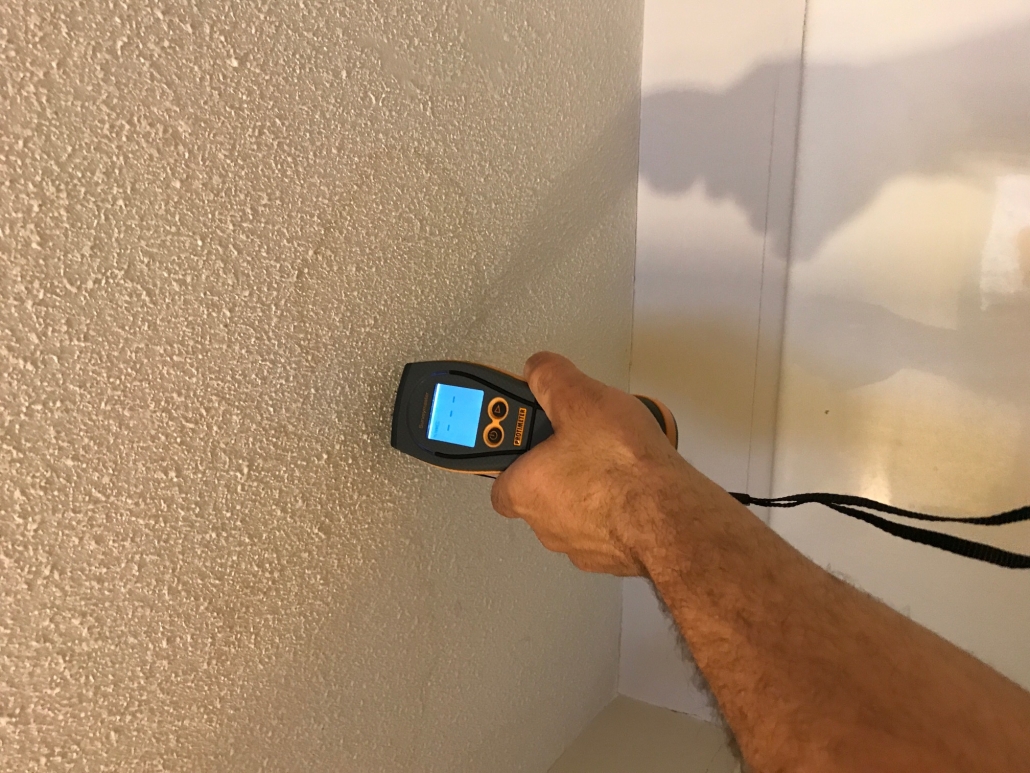
- Top home network inspector install#
- Top home network inspector driver#
- Top home network inspector manual#
- Top home network inspector software#
Top home network inspector driver#
The primary driver for taking on that complexity was segmenting IoT devices on their own network. This write up was written with the UDM in mind, but there’s no reason you couldn’t recreate this setup with any router that supports guest networks, VLANs, and custom firewall rules. That said, with great power comes great complexity, so there are a number of footguns you’ll need to avoid, but overall, it’s the best “router” I’ve owned. While on paper it’s similar to other high-end routers (beyond the processor and ram which are closer to a high-end mobile phone), what really set it apart for me was the interface (for one, it didn’t look like it was designed in the 90s) and level of insights and control it offered such as peeking into individual device’s activity. In UniFi terms it’s an access point, switch, security gateway, and network controller all in one (which you’d otherwise have to buy separately). Luckily UniFi recently came out with their Dream Machine (UDM), which perfectly fit my needs.

I’d always admired from afar the over-the-top home network setup Ubiquiti’s prosumer line offers, but for the space I’d be installing it in, the four digit minimum price tag to properly support a single access point was a bit beyond reasonable. Cloudflare Teams to block malicious sites.Using VLANs to segment low-trust devices.Here’s how I over-engineered my home network for privacy and security: You’ll need some basic familiarity with home networking (understanding how things like DNS and IPs work), as well as being comfortable SSH-ing into a linux device and copying and pasting a few commands. To head down this route as well, it’s relatively straightforward, but definitely a (fun) “project”.
Top home network inspector software#
No rooting, flashing new firmware, or modifying software which would lead to never-ending tinkering and could potentially introduce new vulnerabilities in the process.
Top home network inspector install#
While you can install an extension on a desktop browser, such ad blockers are often resource intensive, easy for advertisers to restrict, and do little for mobile devices where I do most of my “fun” browsing, not to mention, cannot restrict IoT tracking. Ads - Blocking intrusive, targeted, and malware-laden ads across devices.
Top home network inspector manual#
Beyond manufacturers’ lax security practices and general lack of hardening, updates are rare, and are often a manual process, earning minimal trust in my book. Don’t trust internet of things (IoT) devices - Smart home devices have a notoriously poor track record when it comes to security (and privacy).Security - Block access to malicious sites to minimize the risk of human error, better understand how devices on my network are (mis)behaving, detect compromised devices, and limit their blast radius.Privacy - Minimize sites, device manufacturers, and my internet provider’s ability to track my activity or monetize my information across all my devices.

While most home networking setups generally do a decent job of protect you from threats from the outside trying to come in, they don’t often do a great job of managing risks originating from within your own network. I’d been a Wirecutter devotee for almost as long as the site’s been around and would have normally just grabbed their top pick, but I had just received my SSCP (information security) certification, and was looking for something a bit more advanced than the traditional plug-and-play setup to put my newly learned skills into practice.

Please do read on here, but rather than clicking through to the individual Pi-Hole or Cloudflared setup instructions on other sites, I recommend you check out my newer post which automates things for greater reliability instead.īack in April, when it looked like we were going to be spending some more time at home for a while, I decided to take on the project of upgrading my home Wi-Fi beyond an off-the-shelf consumer router. Everything here remains true, but after having relied on, optimized, and upgraded this configuration for a while, I decided to re-over-engineering how I setup, maintain, and manage my home network using Docker Compose, Ansible, and Caddy.


 0 kommentar(er)
0 kommentar(er)
